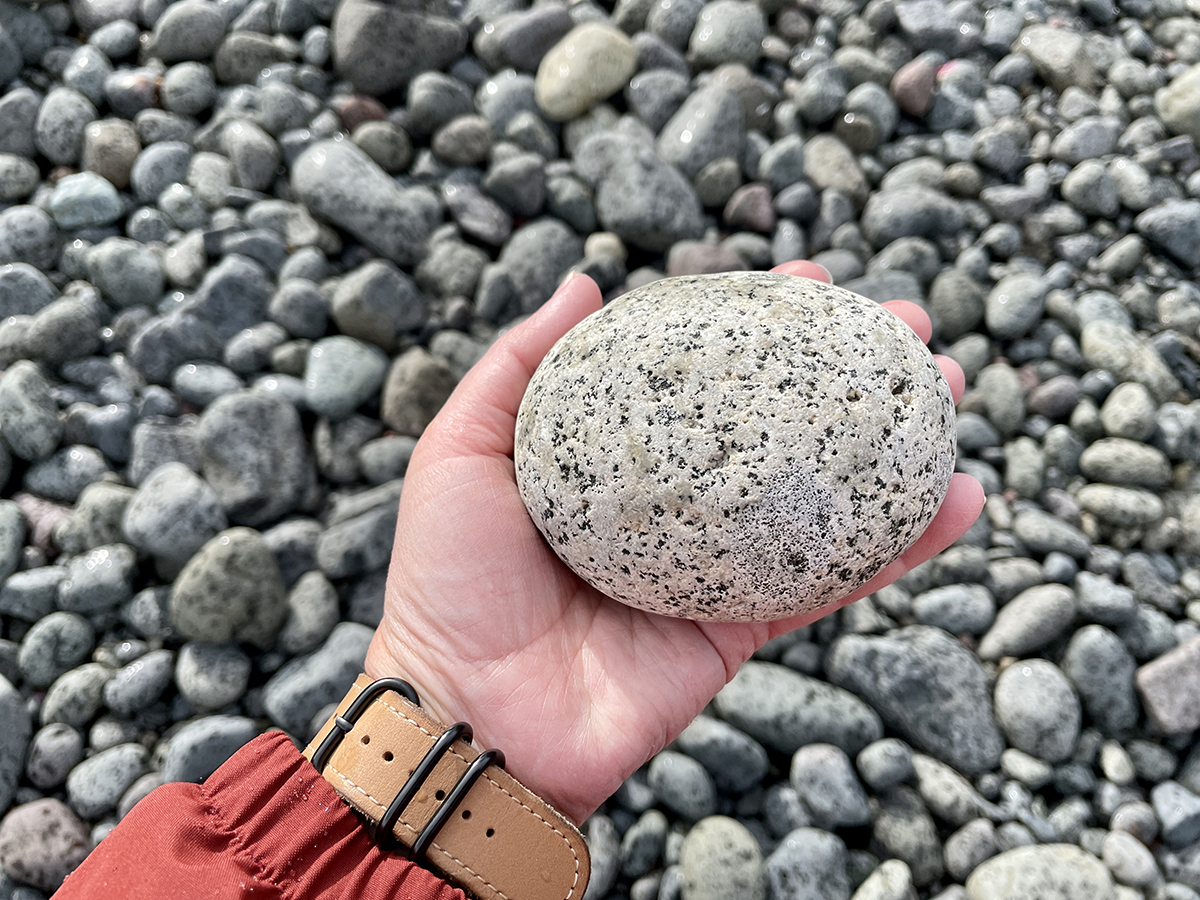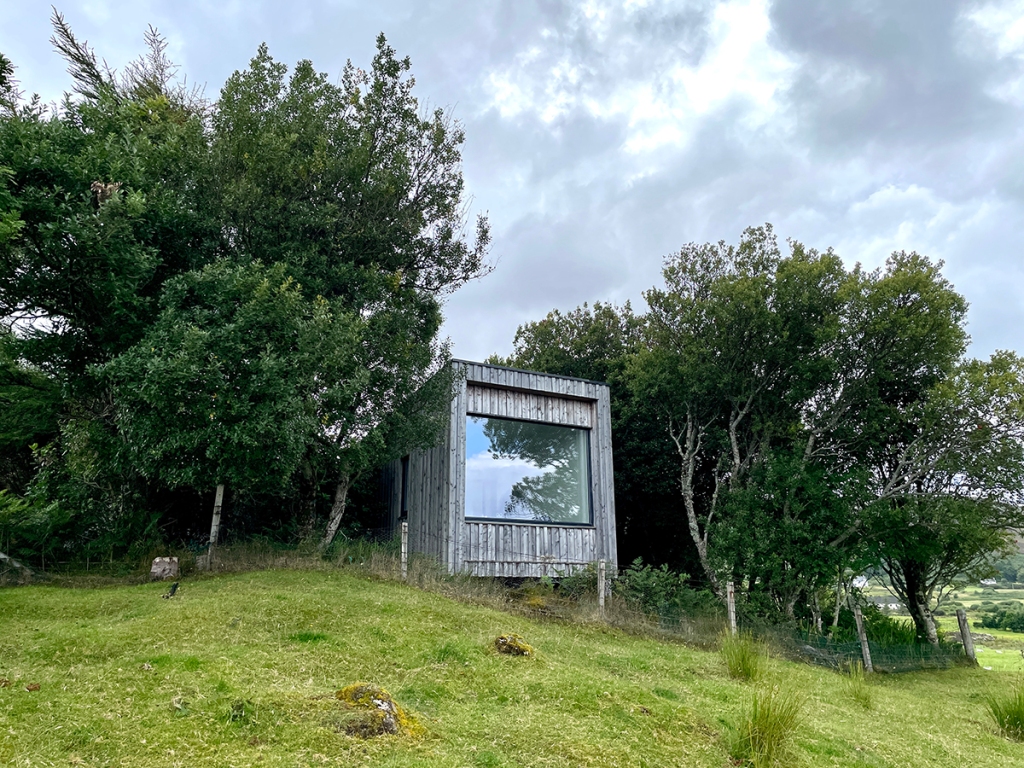
As I sit in my temporary studio space on the Isle of Skye, 16,600 km from Dubbo, Australia I’m thinking about the why of my time here nearly every day. Distances like that will prompt a lot of questions. As someone who is very project-focused, the idea of going anywhere for a month with nothing to do but think back on my work and reflect on the future, is a pretty big deal. I’d be lying if I said that was all I had in front of me. Even the ‘personal’ project I’m working on while I’m here has a title, brief and outcome, albeit not documented on in any formal way (yet). I’m rolling my eyes as I admit that. In essence, I’m trying to find a way to make my environmental sound work more accessible by writing about it in a more experiential and immersive way, providing more connection points to the source of the sound. I do a lot of sub-surface recordings — in soil, mud, beneath water, inside trees and more. It’s very hard to describe these sounds and there are often no visuals to give you any clues.
I do have other jobs to do during this time that aren’t strictly part of my residency but are commitments that require my attention. One of those is an editorial summary of the recent Regional Futures Symposium I attended in Sydney prior to jumping on a plane to the UK in July. It was an event that left me wondering just what agency do artists have to be able to make any real change in the world, as influencers, facilitators and decision-makers — through their art, networks and communities.
During my week in Shrewsbury with Andrew Howe, we pondered the question of our impact as artists. In an interdisciplinary sense, what are we other than awareness raisers? That just doesn’t seem enough. It says something that we’re still asking ourselves this question at the end of four years of working on Mosses and Marshes. We both believe that we’ve done more than just raise awareness though, through directly influencing how people engage with the wetlands during soundwalks and workshops, changing how people think about their local environments through the work we’ve facilitated, broadcast and published, even potentially influencing decision-making through connecting people who wouldn’t normally cross paths, or who perhaps haven’t had a voice in the decision-making process, including ‘the environment’.
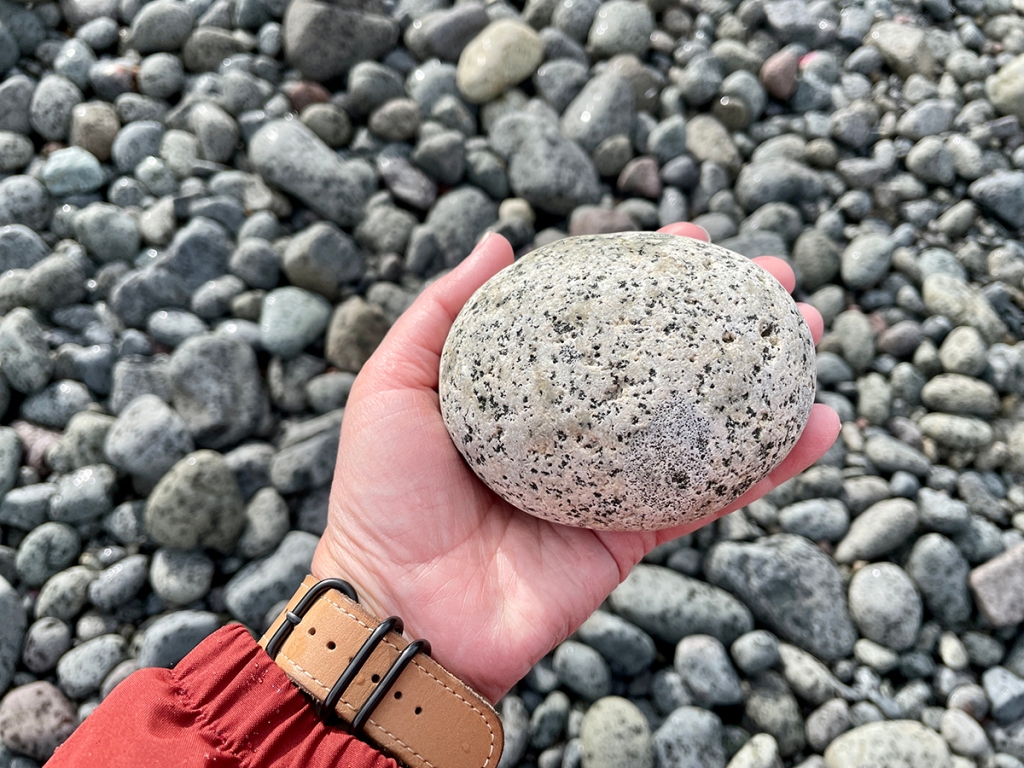
The political act of listening
I was asked in an interview recently what I wanted my legacy to be. I was thrown by the question, and I think I said something along the lines of wanting to provoke conversations, because every conversation counts if it means people are thinking about something they wouldn’t otherwise consider — like the value of hearing the heartbeat of an ancient Coolabah on the floodplain, or the significance of the crackle and pop of aquatic plants photosynthesising in the wetlands. When chewing over this later, I wrote the following statement: Art can open minds to experiencing things in new ways, breaking down barriers and transcending the politics of the day, enabling us to feel more connected to the world. Regional Australia is on the frontline of change, and I feel charged with not only sounding out those existential issues impacting our future, but finding ways to prompt us to reconsider the way we think, feel, and act within the world we inhabit.
At the Regional Futures Symposium I was on a panel discussing different acts of listening, particularly listening to more-than-human worlds. I was keen to draw out the idea of listening being a political act in an environmental context. This is hard to define in many ways and writings about listening to the natural world as a political act are scant.
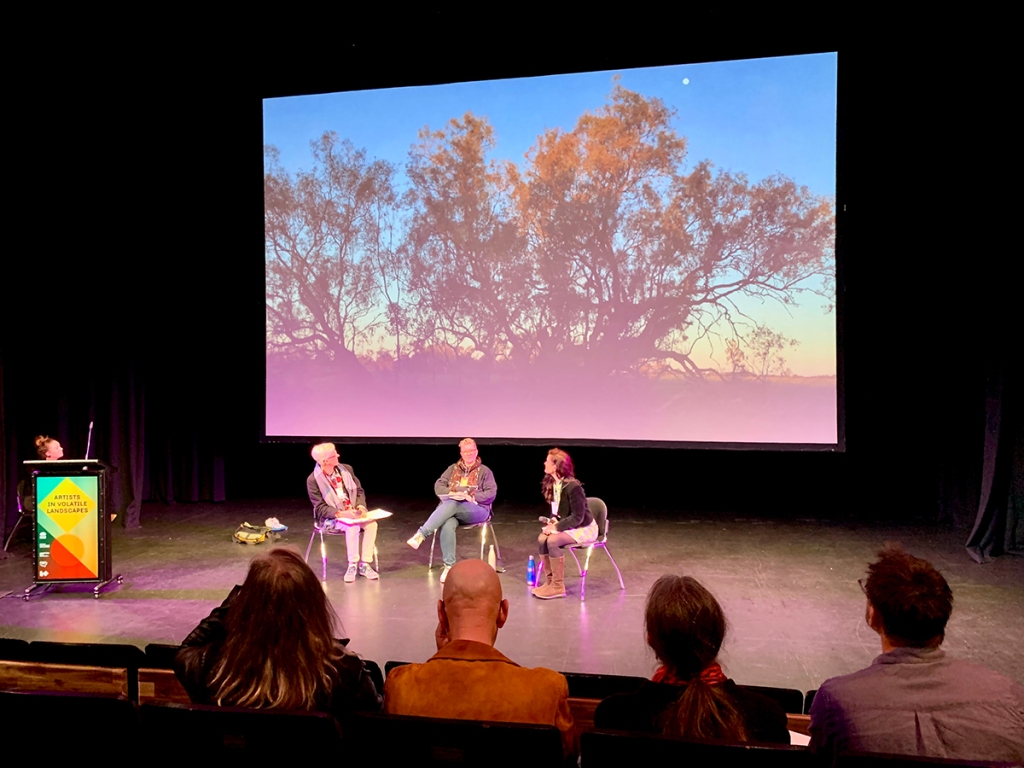
Professor Christina Boswell FBA wrote a blog post for The British Academy in 2020 about modern politics, explaining it as …a battle of ideas, in which participants attempt to control the narrative through tapping deep-rooted values and beliefs, rather than invoking objective self-interest. This suggests to me the political act of listening is about who controls the narrative and why. Up until about a decade ago, listening to the natural world has been largely disregarded by mainstream society because the human centric investment in notlistening is too great. Listening might mean we have to change our behaviour. Researchers and scientists are only now seeing soundscapes as an essential part of ecosystems, despite work in this area dating back to the second half of the 20th Century. Eco-acoustics is now getting a lot of attention, highlighting changes over time that hadn’t been monitored before.
Going back to who controls the narrative, in doing background research for my not-quite-yet-a-project work on sonic language, I was told that it could potentially be patronising to the hard of hearing or d/Deaf to insist they ‘listen’ to my work, even if presented in another format. Opinions seem to range from Why would I be interested in sound when I’ve never been able to hear, to It depends on what you have to say. The gentler response is, Make it interesting and I’m in. So, why am I persisting with trying to make sounds of the natural world more accessible? Am I simply the one playing politics here?
Creating emotional connections
In June this year, online publication Hyperallergic, published a piece by Elaine Velie titled Can Art Change Attitudes Toward Climate Change? The blurb read: A study found that people who viewed climate data in the form of an artwork were less likely to lean on their preconceived notions. It appears the study at the centre of this editorial found emotions can change the way people think about climate change. Is this more than just awareness raising when paired with scientific data? This raises so many questions, many of which Andrew Howe and I keep coming back to.
When visiting farmers in Shropshire earlier this month with Andrew, environmental consultant, farmer and musician, Oliver Kynaston made the comment that while he deals with a lot of solution-driven data in his day job, for him, art taps into less didactic, emotional connections. Without those connections, the issues are abstract. How are people expected to care if they can’t connect with the very thing they’re being asked to care about? This is what underpins my want to work with other disciplines and provide as many connection points to the environments at their centre as I can.
Am I here attempting to justify my existence as a creative? I seem to have many more questions than answers. I know my work of the past five years has had an impact, and my hope is that its accumulative. When I can sit in the hairdresser in my hometown and be asked by the stranger in the chair next to me had I heard of ‘that woman’ who listens to trees with microphones, I know word is starting to get out, beyond preaching to the converted. Can I play a role in connecting people with ‘hidden’ natural worlds who can’t hear the magic beyond visual realms, create conversations about the future that leaves people feeling empowered because they’re given a voice, or provide another way in to understand difficult issues? I hope so, as the arts have the capacity to do all of this and much more.
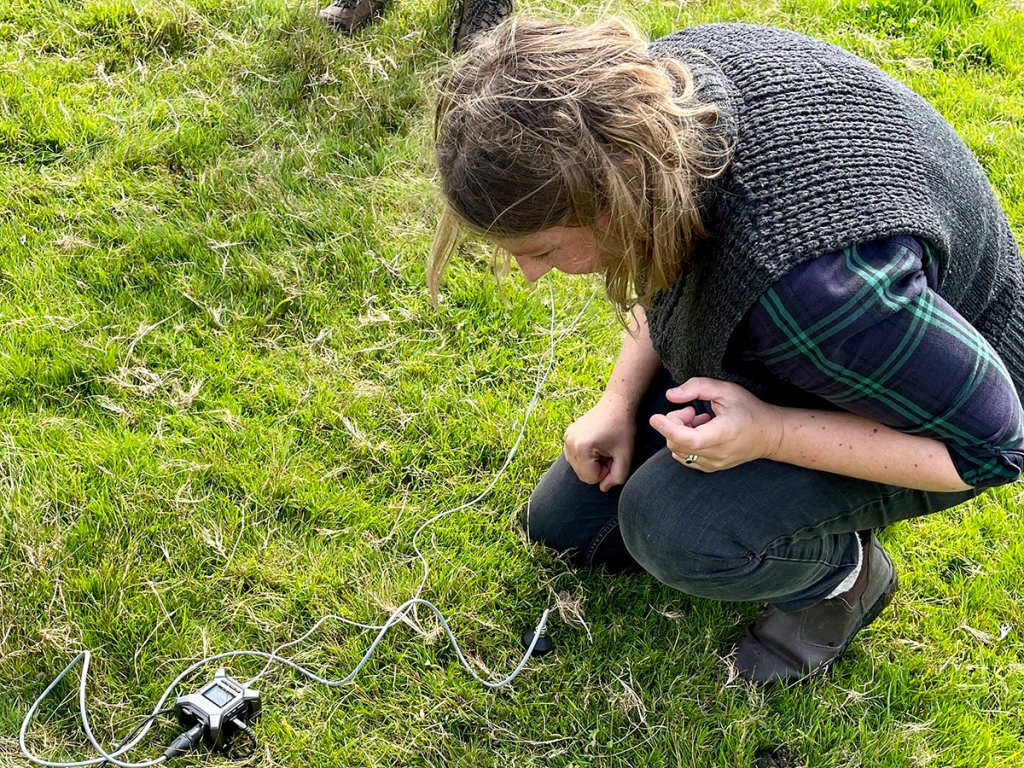
Related posts
Travelling to find home, 7 August 2023

